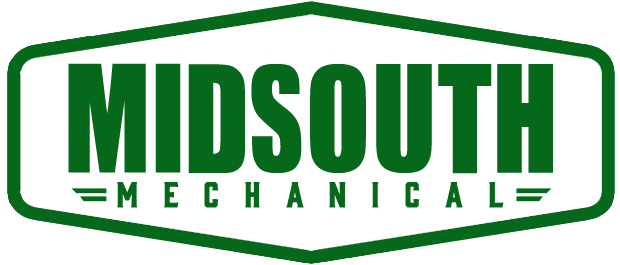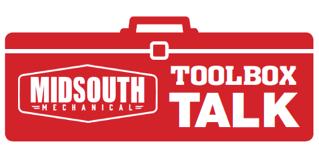Certain safety problems are common in a hot environment. Heat on the job can cause dizziness, discomfort, and the fogging of safety glasses, all of which can lead to accidents.
Here is an Example
John, a bricklayer had been outside for seven straight hours in extremely hot weather. He began to experience nausea and grew very tired. Once his supervisor noticed John was working much slower than usual, he ordered him to take a break, which included resting in shade and drinking water.
Recognizing Heat Illness
Symptoms of heat exhaustion include headaches, dizziness, lightheadedness, fainting, weakness, moist skin, mood changes such as irritability or confusion, upset stomach, and vomiting. Heatstroke is an immediate threat to life. Rapid cooling with ice packs or cold water must begin at once. A victim may sweat a lot, but some may have dry skin and no sweating. Either way, it is an extreme emergency. Call 911 immediately.
Employers should provide shade, rest breaks, and water. What can you do to help avoid exhaustion from heat?
Preventing Injuries From Hot Weather
- Get enough sleep.
- Wear light clothing, and include a shirt that serves as a shield from the suns rays.
- Whenever outside, wear a loose-fitting long-sleeved shirt and long pants. Hard hats will protect the scalp.
- Avoid alcohol; it is particularly dangerous while working in a hot setting.
- Drink water moderately (about 8 ounces every 15 minutes).
- Plan the day to tackle the more strenuous jobs during the cooler morning hours.
- Rest in shaded areas.
- Watch new employees for signs of heat illness because it takes about one week for the body to adjust to the heat.
Midsouth Mechanical has been doing business for over 25 years. We offer our industrial clients efficient and cost-effective fabrication, modification, and repair of industrial equipment. From preventive plant maintenance, designing, installing and aligning machines, our exceptional skill and craftsmanship set us apart from the competition. Our number one priority day to day is safety. To see our published weekly Toolbox Talks, follow us on LinkedIn, Twitter, or Facebook.


